This week, before we departed for our long weekend of family and food, students finally glazed their bowls for our 2016 Empty Bowls event. This year we are changing up the event by pushing it later into the Spring and swapping out soup for ice cream. I am excited to get moving on firing these bowls, as students did a nice job of applying glazes and finishing them for the community fundraiser.
|
As we finish up the Thanksgiving break, I have a lot to be thankful for this season. I have an awesome group of students this year, with amazing ideas and the guts to give new things a try. I have been given some fantastic opportunities to share ideas with other teachers (with even more on the horizon). And I have a great family who supports me along the way. This week, before we departed for our long weekend of family and food, students finally glazed their bowls for our 2016 Empty Bowls event. This year we are changing up the event by pushing it later into the Spring and swapping out soup for ice cream. I am excited to get moving on firing these bowls, as students did a nice job of applying glazes and finishing them for the community fundraiser. Students also worked on their projects before we headed off to enjoy break. This theme, which is "Objects, Artifacts, and Things You Leave Behind." has asked students to consider how we interact with items around us and what we deem as important. Here are some images of the BCWMS artists at work:
0 Comments
Once students finish a theme, they are introduced to the next one through Schoology. I give them a series of questions to answer and artists to view. Once they generate ideas by taking notes, they work on sketches of what it is they would like to create. During this time, they also workshop the ideas with others in class to get feedback and adjust ideas as needed. When an idea is settled on, students work on creating a production schedule and I give them feedback on their ideas before starting. We make sure to do a lot of font-loading of information before students start getting into the actual making.
Here are some images of students working so far, manipulating materials to explore the latest theme: Objects, Artifacts, and Things you leave behind: This past week, we finished up our latest theme in class: Environment, Space, and Place. Students really pushed themselves with a variety of media and outcomes. It was fun to see the evolving pieces over time and how students adapted their pieces based on feedback and learning new skills in class. I am excited to move onto our next theme which will deal with objects, but before we do, here are some highlights from the completed works (all of which can be seen on our Artsonia gallery): 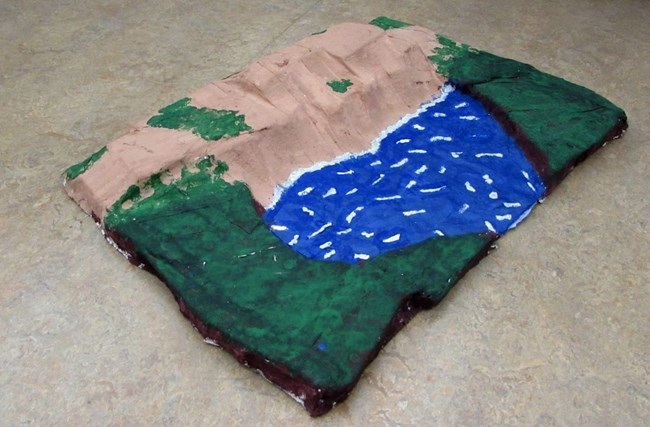 Nate: For this project, I made a model of the silver lake sand dunes. I made this because I spend a lot of time up there in the summer and it is a really cool place to be. I made It with out any houses or building to show how it might look like without any people. To make this, first I made the shape of the sand dunes with foam. After this, I covered the whole thing in plaster. I then painted it with acrylic paint. To make the water sparkle, I mixed blue paint with sparkly silver paint. After that, I painted white in the lake to make it look like waves. 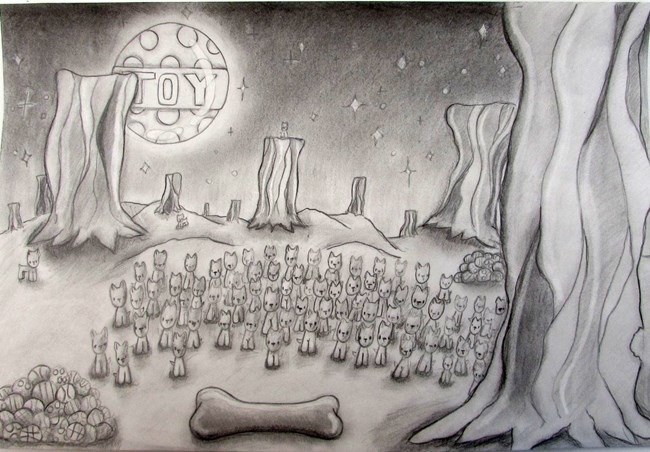 Gracie: For this piece, I chose to use pencils and experiment with different values. I think the dark values I used in the piece really made it different from other pencil drawing I’ve done before. I also used texture in my artwork. For example the bacon trees added a lot of texture to the piece and make it look different than what you would typically see. Lastly, I incorporated contrast between the elements to show my Ideas. There is definitely contrast between the smooth bone and the rough and ridged bacon trees.  Corrina: I decided to use pencil dark and light colors. These shades had started out with a simply regular pencil shade and darken the sky as the drawing continued. I also used graphite sticks to shade in the drawing. This skiing wonderland has trees, snowblowers, ski lift, and yes skiers. The darker sky and clouds made the affect that it was snowing and the snow blowers added to the snowing effect. The girl on the ski lift is stopped and looking at the beautiful snowing ski with the absence of light. 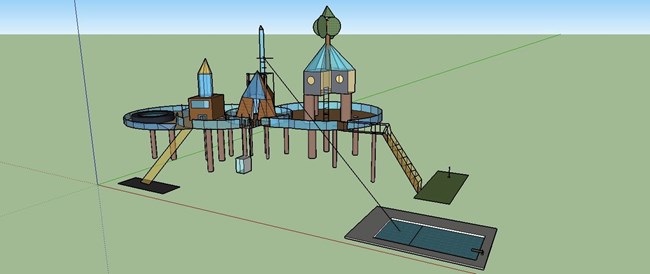 Colton: For this projects I decided to use Google Sketchup to make an architectural piece. I used the computer again because I feel a lot more confident using it instead of a pencil and paper. Using the computer helped a lot because I can create 3D pictures and sculptures and use my imagination with the tools provided on the computer. I didn't use any tutorials or help to create this. I simply played around with the different tools until I got the hang of it. I decided to make a giant tree house with a main cabin,(Middle) and two guest cabins for visitors. On the far left deck there is also a hot tub. To get in/out of the tree house you can use the stairs, elevator, slide, or zip-line. The zip-line leads to the Olympic-sized swimming pool. The stairs lead you to a large putting green.  Josh: I used pencils because I felt they were an easy material to use for an early project. They helped me show many details and shading with ease which is what I was aiming for. Elements and principles I used mainly were value and texture. The value helps communicate by adding depth and shadowing to have a good point of view. Texture like the leaves and the grass helps the viewer by showing more detail of the environment and what it is like.  Jewel: I created this artwork to signify environment, space or place. I was trying to communicate that you can only run away from things and feel safe in your home, which is your environment of where ever you feel safe, you can call home. I choose these materials because I realized I couldn't get my point across with a simple drawing. I wanted to go beyond. The contrast and the colors help make the piece stand out and show the important parts of my piece. Like how the heart is pink and one of the only colors in the piece. I used the leaves on the roof to represent that your home doesn't have to be perfect to be you're home. Its just a place where your heart may find peace.  Damien: In my piece of art, used various materials to achieve the texture and balance I did. The materials I used were construction paper, clay, temper paint, hot glue, cardboard, and markers. I tried to achieve the concept of balance with putting the pots on corners and in multiples of three. I also tried to achieve the concept of texture with the bricks I drew on the walls and the vines sort of growing out of the ground and the waterfall even having bubbles. I wanted to make my mini replica of the hanging gardens of Babylon look almost alive even though it isn’t even made of living plants. Play is hard work.
Sometimes I worry that I give my students too much time when they are working on a project. There will be some straying from the assignment to chat with table-mates, go on random searches on the internet, or the occasional wandering around the classroom. However, this is a part of the process of work. When I work, I do not sit in silence from beginning to end. I take brain breaks and stretch my legs as I glean inspiration from random sources. I talk with others throughout to try and find other ideas. Sometimes I completely break from a project and work on something silly, just for fun. Play is a part of the process. Students are finishing up their projects this week and preparing for their unit quiz that will cover color theory, perspective drawing, and artists we used as inspiration (among other things). In addition, some students are taking the time left over before we begin something new to play, experiment and try out new ideas using a variety of media. Here are some images of us at work: Friday was a half day. This made all of my students excited because they got to go home early and get a jump-start on the weekend. Before they did, though, we looked at some amazing environmental artists using the Storyboard builder on PBS LearningMedia. Although students had a half-day, teachers had a full one. One student even said they felt sorry for me. I told them not to worry, though, because the PD planned was going to be super fun and it was! I learned a variety of printmaking techniques from Cindi Ford, who agreed to help the BCPS Visual Arts team gain some new skills to bring back to our students. During the three-hour session, I learned several things: I learned about using water-based media and medium extender with a screen for mono screen printing. I especially enjoyed using chalk pastel on the 300 silk screen and seeing the results when you pushed it through using the extender. I also learned about ink-jet transfers. I always thought you had to use citrasolv, but you can use a citrus fragrance spray to do it, too. And my favorite part of learning was how to create a dry point print. I had always wanted to officially learn how to do this, so I was excited for actually getting to do it. Here is a video that highlights our learning from the day: Because of where this project falls in the marking period, students have a little bit more time than the other themes to work through ideas. It has been fun to see the process develop over time and how ideas have evolved along the way. Here are some images to reflect the work being done this week in the art classroom.
Lewis and Clark Day at WMS is one of my favorites. It is fun to see students engage with content in active ways and we were so lucky to be outside in about 70 degree weather (in November!). Here are the highlights from the day spent outdoors: One of the things I like about teaching art is that learning is visible. Students show you what they know through the works they make, manipulating media to say things that could never be said with words. I used to teach Photoshop in a very traditional manner. I would be at the front of my classroom and walk students step-by-step, until we all basically had the same type of image at the end. That would then be the project and we would move onto the next thing. Now that I have moved my classroom into a Thematic Unit structure, I was struggling with how to still teach Photoshop skills in a way that I would be able to see if students understood the skills. That is where the Photoshop Challenges have come into play. Instead of these exercises being a specific project, I grouped together a set of similar types of mini-lessons that relate to the current theme we are working on in class. They are organized with video tutorials (usually of me) and step-by-steps for students to get a better understanding of how the tools can be used in their other theme-based images if they so choose to use this as a medium. Students were asked to complete one from each set of three, but these two students did all six, which makes them the Photoshop Challenge Champions. Their prize is a fun eraser making kit. Corinne: 7th grade Winner! Virginia: 8th grade Winner!
|
Archives
August 2018
Janine CampbellTeaching Visual Arts since 2004 and making images since picking up a crayon. Categories
All
|

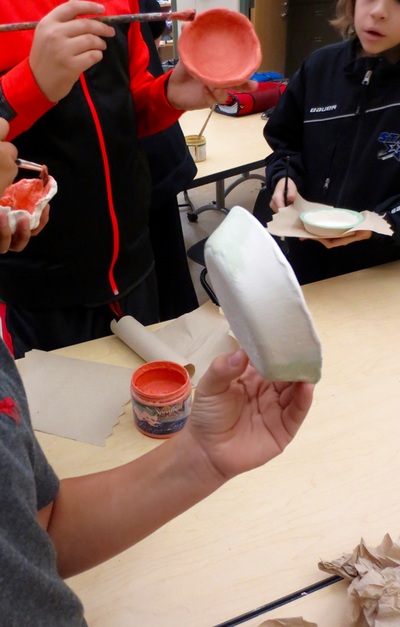
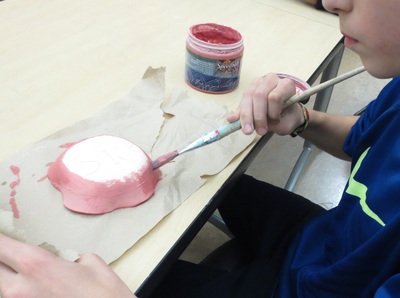




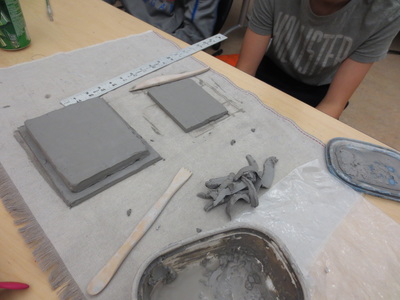


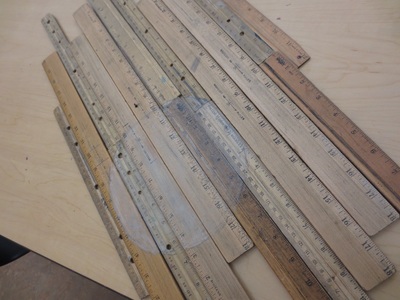
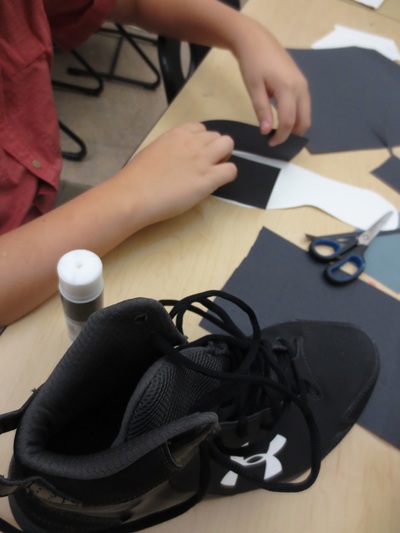



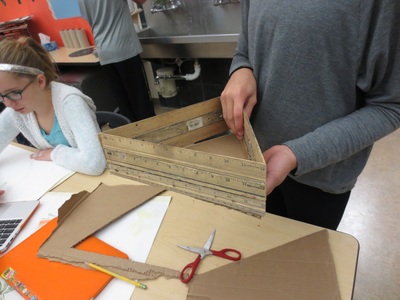






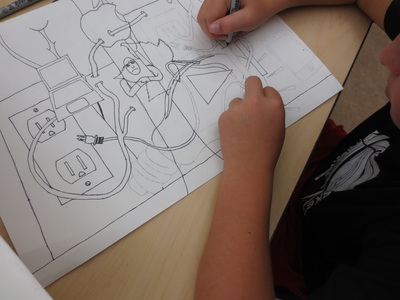
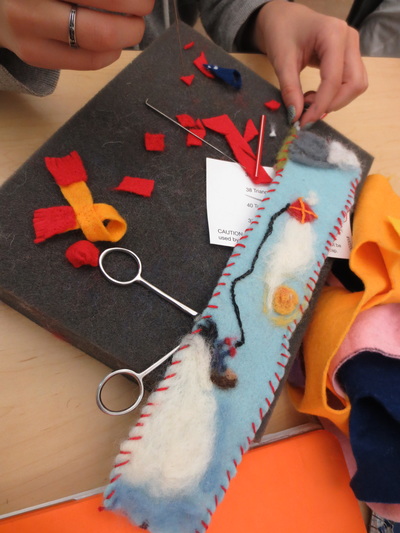






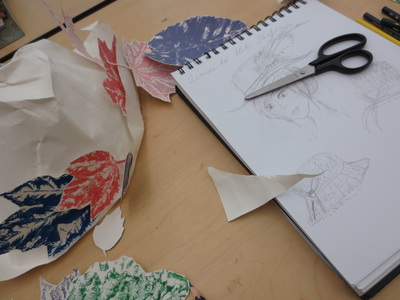






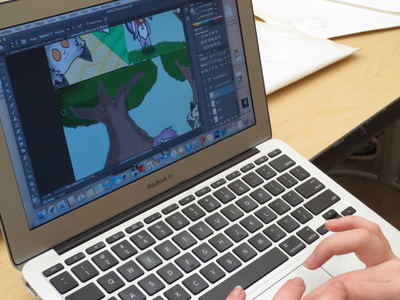
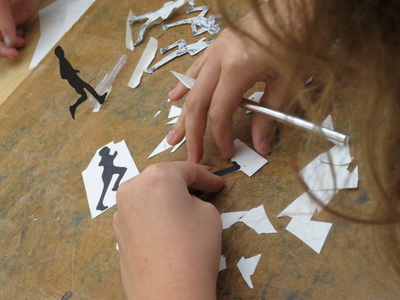



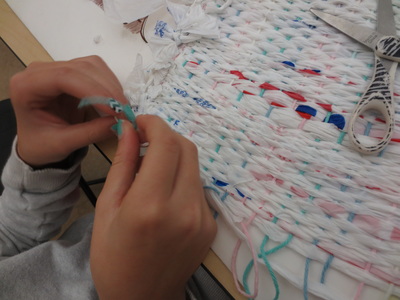

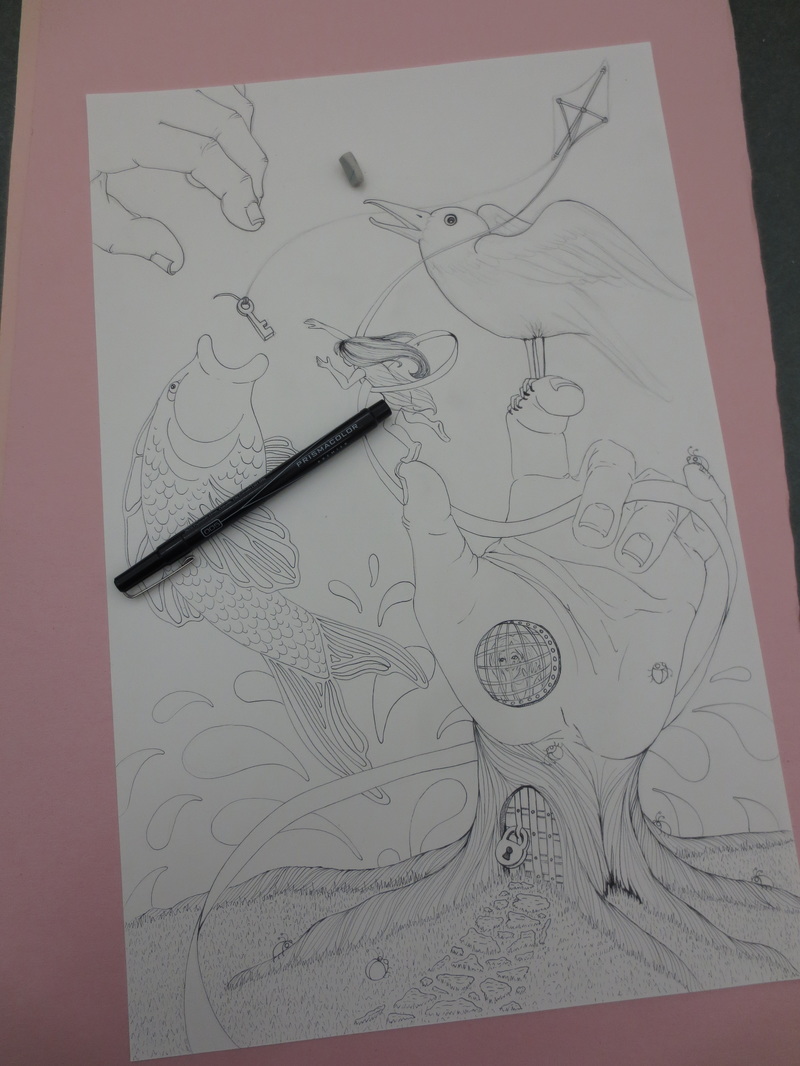

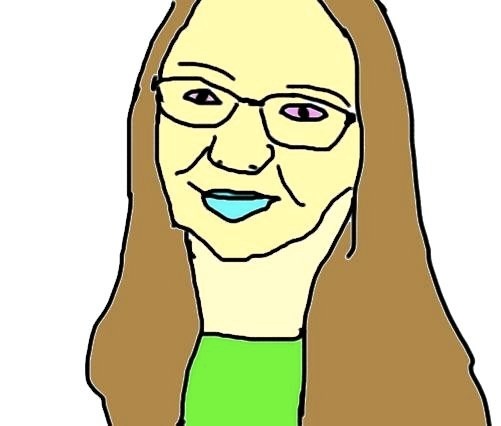


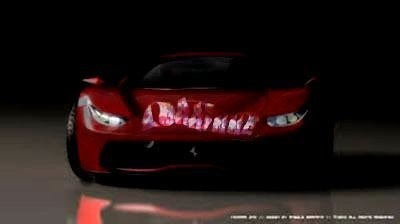




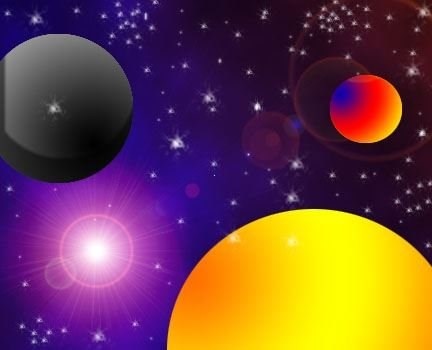


 RSS Feed
RSS Feed




